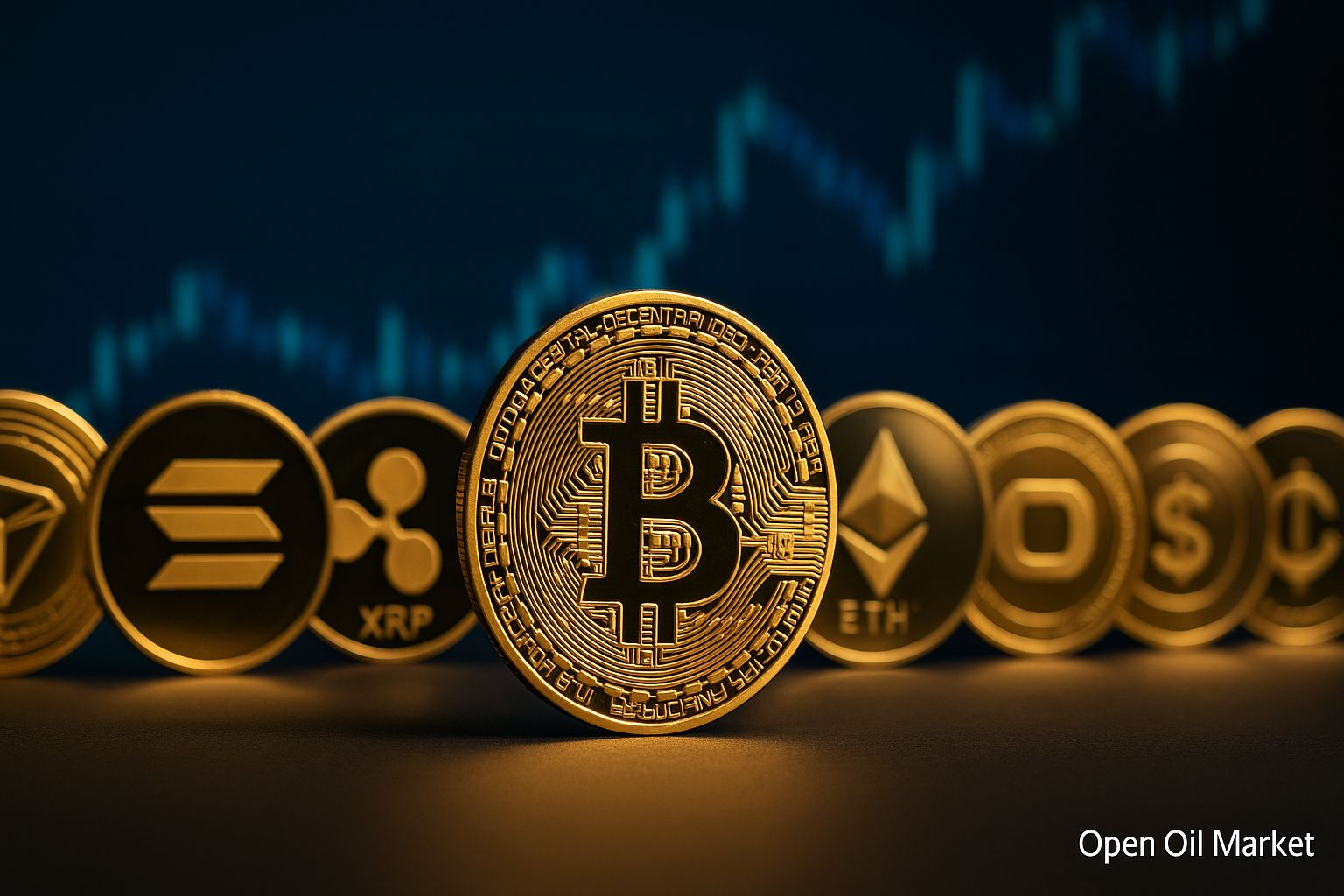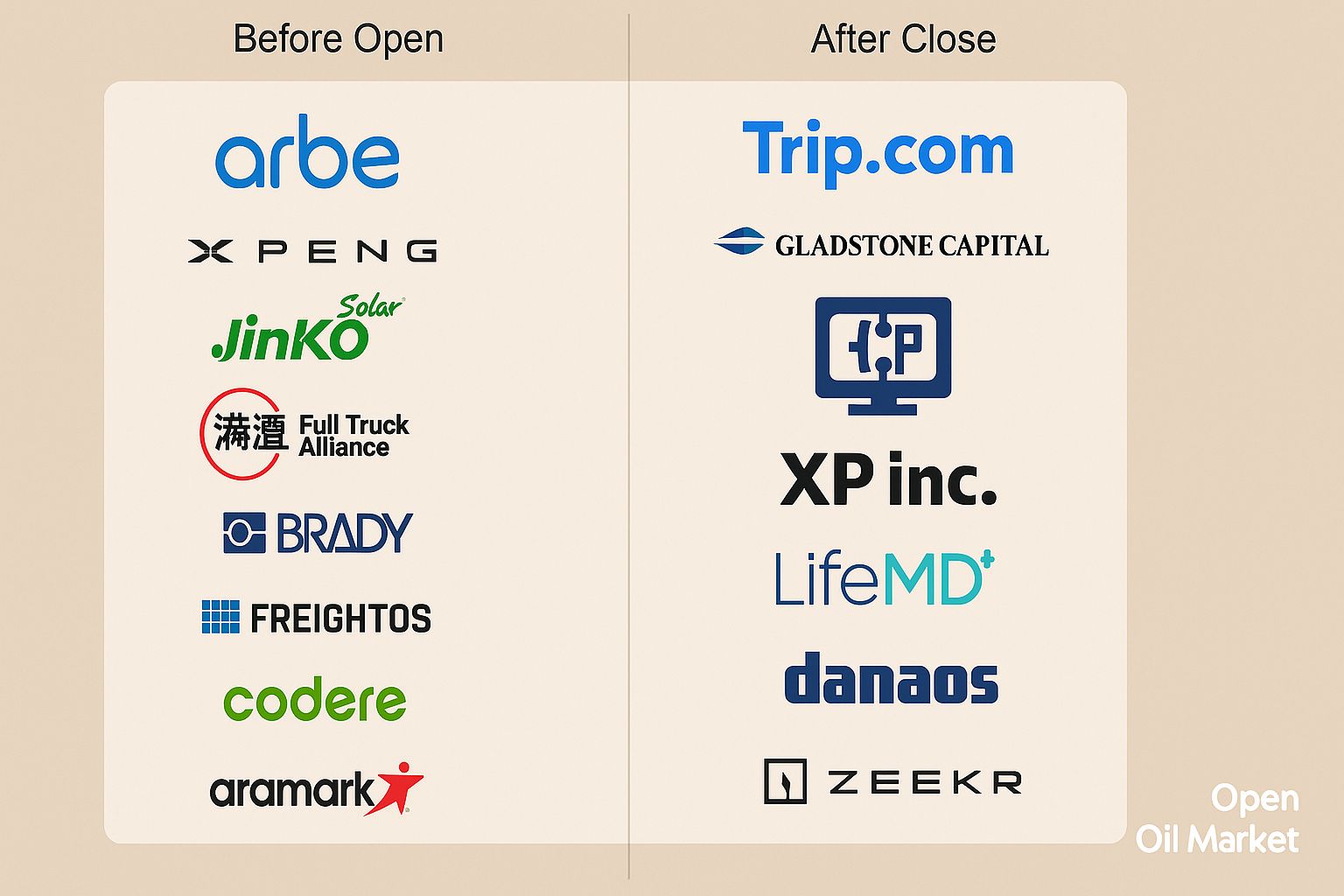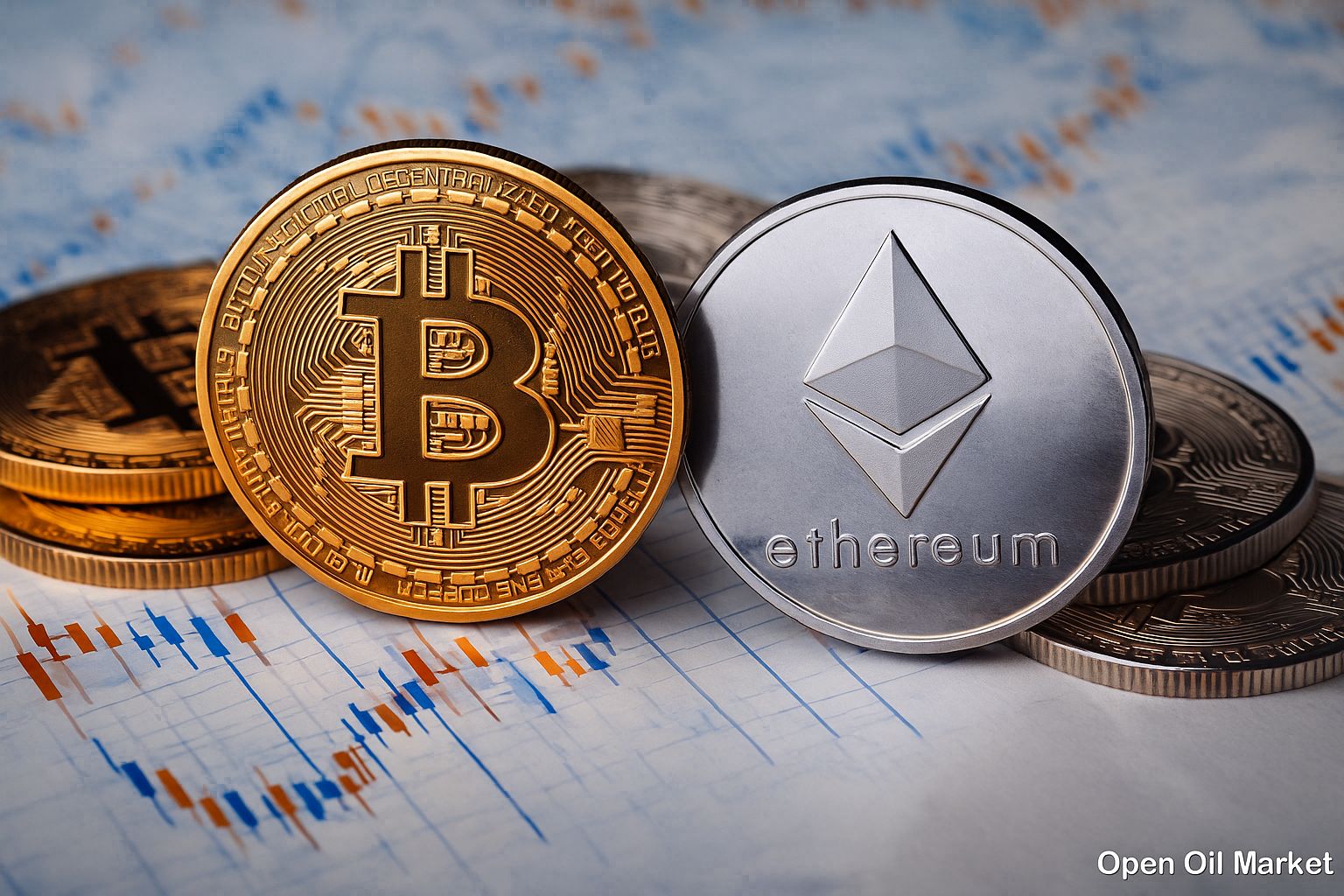
Current Cryptocurrency News as of 16 October 2025: Bitcoin Holds Steady at $110,000, Ethereum Recovers, Cryptocurrency Market Stabilises. Analysis and Forecasts for Investors.
Market Stabilisation After Volatility
As of the morning of 16 October, the cryptocurrency market shows signs of stabilisation following sharp fluctuations last week. Bitcoin maintains its position above the $110,000 mark, recovering from a drop on 10 October when the total market capitalisation of cryptocurrencies fell by approximately $500 billion in a single day. The current overall value of the crypto market is estimated to be around $3 trillion. Investors are gradually returning to the market, but remain cautious in light of recent volatility.
Bitcoin Holds a Key Level
Bitcoin (BTC) is trading at approximately $112,000, holding a crucial support level at $110,000. Earlier in October, the leading cryptocurrency peaked at $121,000, close to its all-time high, before undergoing a correction. Nevertheless, over the yearly horizon, BTC has significantly increased, with its market share now exceeding 50%. The influx of institutional capital has contributed to the restoration of confidence in Bitcoin: the spot ETF launched by BlackRock this month attracted around $1.2 billion in investments within days, underscoring the growing interest from major players. Analysts note that futures positions for BTC have stabilised (with around $25.5 billion in open interest), and increased demand for call options signals expectations of further growth. Overall, Bitcoin reaffirms its status as "digital gold", remaining the primary benchmark for the entire market.
Ethereum and Other Leading Altcoins
Ethereum (ETH), the second-largest cryptocurrency by market capitalisation, is trading around $4,070. Following a recent dip, Ethereum has regained momentum thanks to sustained demand for its blockchain platform in decentralised finance (DeFi) and NFTs. Ethereum continues to serve as the foundation for numerous blockchain applications, and anticipations of upcoming technological upgrades (network scaling, performance enhancements) maintain investor interest.
Among major altcoins, Binance Coin (BNB) stands out—the token of the Binance ecosystem is priced at approximately $1,170. BNB is utilised for transaction fees and the operation of decentralised applications on the Binance Smart Chain, maintaining high value despite regulatory pressures. XRP, the token of the Ripple payment network, is also holding strong, trading around $2.5. XRP has significantly strengthened over the year, particularly following Ripple's legal victories, which have restored investor confidence. XRP's capitalisation remains among the largest, reinforcing its status as a key player in the realm of cross-border payments.
Altcoin Market: Solana, Cardano, and Others
The segment of other altcoins is gradually recovering after experiencing more substantial declines than Bitcoin. Solana (SOL), one of the fastest-growing smart contract platforms, is trading around $200 amid a resurgence of activity in DeFi applications. Despite past technical issues, Solana is once again attracting users with its high speeds and low fees.
The platform token Cardano (ADA) is holding around $0.68. The project is known for its scientifically-oriented approach to blockchain development, and recent updates enhance its functionality. Although the price of ADA remains below historical highs, the community and developers are confident in the long-term potential of the platform.
The meme cryptocurrency Dogecoin (DOGE) remains in the top ten by market capitalisation, stabilising around $0.20 after a drop of more than 20% at the beginning of October. DOGE retains popularity due to community support and attention from well-known entrepreneurs. Overall, many smaller tokens have experienced heightened volatility: individual altcoins have plummeted by 30–50% over the week. Investors are now taking a more selective approach to investments, focusing on projects with robust technological foundations and real-world applications.
Market Leaders: Top 10 Popular Cryptocurrencies
- Bitcoin (BTC) — the first and largest cryptocurrency, "digital gold". Priced at around $112,000; dominates the market and attracts both retail and institutional investors.
- Ethereum (ETH) — the second-largest crypto asset, a platform for smart contracts and DeFi. Priced at around $4,070; facilitates the operation of hundreds of decentralised applications and is actively enhancing network scalability.
- Tether (USDT) — the largest stablecoin, pegged to the US dollar 1:1. Trading at $1; serves as a primary source of liquidity in the crypto market, facilitating exchanges between different digital assets.
- Binance Coin (BNB) — the token of the Binance exchange and BSC network. Priced around $1,170; used for paying fees and accessing services within the Binance ecosystem, remaining one of the most valuable altcoins.
- XRP (Ripple) — the cryptocurrency of the Ripple platform for global payments. Priced at around $2.5; regained its position following legal successes, aimed at fast and low-cost cross-border transfers.
- USD Coin (USDC) — the second-most significant stablecoin from Circle. Trading at $1; distinguished by high reserve transparency and sought after by institutional investors for safe entry into crypto assets.
- Solana (SOL) — a high-speed next-generation blockchain. Priced around $200; the Solana ecosystem is evolving (DeFi, NFTs), and the SOL coin has recovered post-correction while regaining developer interest.
- Cardano (ADA) — a smart contract platform with a scientific approach to development. Priced around $0.68; the project is continuously updated (e.g., the Hydra protocol for scaling), has a large community, and is actively used for developing decentralised applications.
- Dogecoin (DOGE) — a meme token that has become a popular crypto asset. Priced around $0.20; supported by enthusiasts and some celebrities, it remains volatile but ranks among the largest coins.
- Tron (TRX) — a blockchain platform focused on the entertainment industry and Web3. Priced around $0.32; notable for integrating stablecoins (a significant portion of USDT circulates in the Tron network) and providing staking opportunities.
Institutional Interest: Bitcoin ETF and Capital Inflow
The beginning of October marked a landmark event: BlackRock launched the first spot Bitcoin ETF in the US (iShares Bitcoin Trust), attracting approximately $1.2 billion in less than a week. This impressive influx of funds from major investors signals a growing trust from traditional financial institutions in cryptocurrencies. Experts note that the emergence of such exchange-traded funds facilitates institutional access to BTC through familiar instruments and may stimulate new capital inflows to the market. Several other asset managers are also awaiting regulatory decisions on their Bitcoin ETF applications, reflecting increasing competition in this area. The involvement of Wall Street in digital assets is becoming increasingly pronounced, enhancing market liquidity and bringing it closer to greater maturity.
Regulation and Security: Record Seizures and New Rules
The sharp increase in the value of crypto assets has drawn intense scrutiny from regulators. In the US, the Department of Justice initiated the largest cryptocurrency seizure in history: more than 127,000 BTC (around $15 billion) were confiscated in connection with an international fraud case. This precedent demonstrates the authorities' determination to combat the criminal use of digital assets. Simultaneously, regulatory bodies worldwide are developing new rules for the industry: the MiCA regulation comes into effect in the European Union, while discussions on laws regarding the licensing of cryptocurrency exchanges and the taxation of cryptocurrency operations are taking place in CIS countries. Heightened oversight adds requirements for businesses and investors, but it also increases market transparency and protects participants' rights. More clearly defined "rules of the game" may attract new institutional players.
Industry Measures: User Support Following the Crash
Players in the crypto industry are taking steps to strengthen investor trust. The largest exchange, Binance, has launched a $400 million initiative to compensate users affected by the market crash on 10–11 October. During that period, mass sell-offs and price anomalies resulted in record liquidations of futures positions totalling over $19 billion. Now, under Binance's programme, retail traders will receive $300 million in USDC (proportionate to their losses), and an additional $100 million will be allocated for concessional lending to institutional clients—to ease liquidity pressure and support their activity. Binance's management emphasises that these actions are voluntary, as restoring trust in the industry is critically important. Analysts believe that such steps signify the maturation of the market: major companies are ready to share responsibility for the stability of the ecosystem. In the long term, these measures may enhance user loyalty and reduce systemic risks.
Market Outlook: Cautious Optimism
The end of 2025 finds the crypto market embracing cautious optimism. Following recent upheavals, investors are closely monitoring the macroeconomic situation—central bank actions, inflation levels, and overall sentiment in global capital markets. If external conditions remain favourable and the regulatory environment improves, cryptocurrencies have the potential to resume growth. Additional momentum may be provided by new institutional inflows and the launch of products that broaden access to digital assets.
In the short term, price consolidation may occur: the market requires time to absorb the recent volatility and solidify at the attained levels. However, long-term trends remain positive. Cryptocurrencies are becoming increasingly integrated into the global financial system, with their application spectrum expanding—from payments to capital preservation. Many large investors view digital assets as a strategic part of their portfolios. Thus, despite periodic fluctuations, the overall market direction is positive: further growth in capitalisation and the emergence of new opportunities for investors are anticipated.




